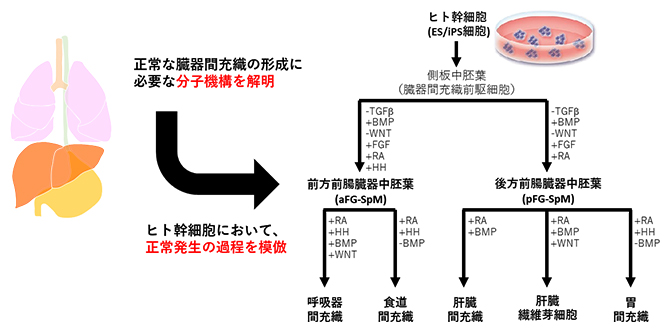ある食べ物が好きな人とそうでない人がいるのは、文化や味覚だけでなく、遺伝子も大きく関係していることが、新しい研究で明らかになった。 The reasons why people love certain foods and turn their noses up at others, has to do with more than their cultures or even their taste buds… their genes play a significant role too, a new study reveals.
2022-08-17 エディンバラ大学
食の好みに関する最大規模の遺伝子研究を行い、15万人以上の人々が137種類の食べ物や飲み物を好むかどうか調査しました。
その結果、被験者が好む食品に影響を与える401個の遺伝子変異が発見された。これらの変異体の多くは、複数の食品を好む特徴に影響を与え、ある特定の食品にのみ影響を与えるものもあった。
研究チームは、アンケートと遺伝子解析を用いて、いわゆる「フードマップ」を作成し、参加者の食品群や特定の味に対する評価が、類似の遺伝子変異にどのように影響されるかを示した。
このマップから、同じような遺伝的要素を持つ食べ物が3つに分類されることが明らかになった。
1つは、肉、乳製品、デザートなどの高カロリーで嗜好性の高い食品、もう1つは、アルコールや辛味野菜など「後天的」と呼ばれる味の強い食品、そして3つ目は、果物や野菜などの低カロリーの食品である。
研究者たちは、3つの食品グループが、健康上の特徴に関連する遺伝子も共有していることを発見した。
高カロリー食品に関連する遺伝子と他の2つのグループとの間にはほとんど相関がないことが判明した。これは、嗜好性の高い食品を好む背景には、独立した生物学的プロセスが存在することを示唆している。
MRIスキャンでは、脳の快楽処理に関わる部分と、嗜好性の高い食品に関連する遺伝子変異との間に相関があることがわかった。一方、低カロリーで味の濃い食品は、意思決定に関わる脳の領域と相関があることがわかった。
<関連情報>
- https://www.ed.ac.uk/news/2022/taste-for-food-is-in-our-genes-study-shows
- https://www.nature.com/articles/s41467-022-30187-w
食の嗜好性に関する大規模GWASにより、異なる神経生理学的特性との遺伝的決定要因および遺伝的相関が明らかになった Large-scale GWAS of food liking reveals genetic determinants and genetic correlations with distinct neurophysiological traits
Sebastian May-Wilson,Nana Matoba,Kaitlin H. Wade,Jouke-Jan Hottenga,Maria Pina Concas,Massimo Mangino,Eryk J. Grzeszkowiak,Cristina Menni,Paolo Gasparini,Nicholas J. Timpson,Maria G. Veldhuizen,Eco de Geus,James F. Wilson & Nicola Pirastu
Nature Communications Published:18 May 2022
DOI:https://doi.org/10.1038/s41467-022-30187-w

Abstract
We present the results of a GWAS of food liking conducted on 161,625 participants from the UK-Biobank. Liking was assessed over 139 specific foods using a 9-point scale. Genetic correlations coupled with structural equation modelling identified a multi-level hierarchical map of food-liking with three main dimensions: “Highly-palatable”, “Acquired” and “Low-caloric”. The Highly-palatable dimension is genetically uncorrelated from the other two, suggesting that independent processes underlie liking high reward foods. This is confirmed by genetic correlations with MRI brain traits which show with distinct associations. Comparison with the corresponding food consumption traits shows a high genetic correlation, while liking exhibits twice the heritability. GWAS analysis identified 1,401 significant food-liking associations which showed substantial agreement in the direction of effects with 11 independent cohorts. In conclusion, we created a comprehensive map of the genetic determinants and associated neurophysiological factors of food-liking.


